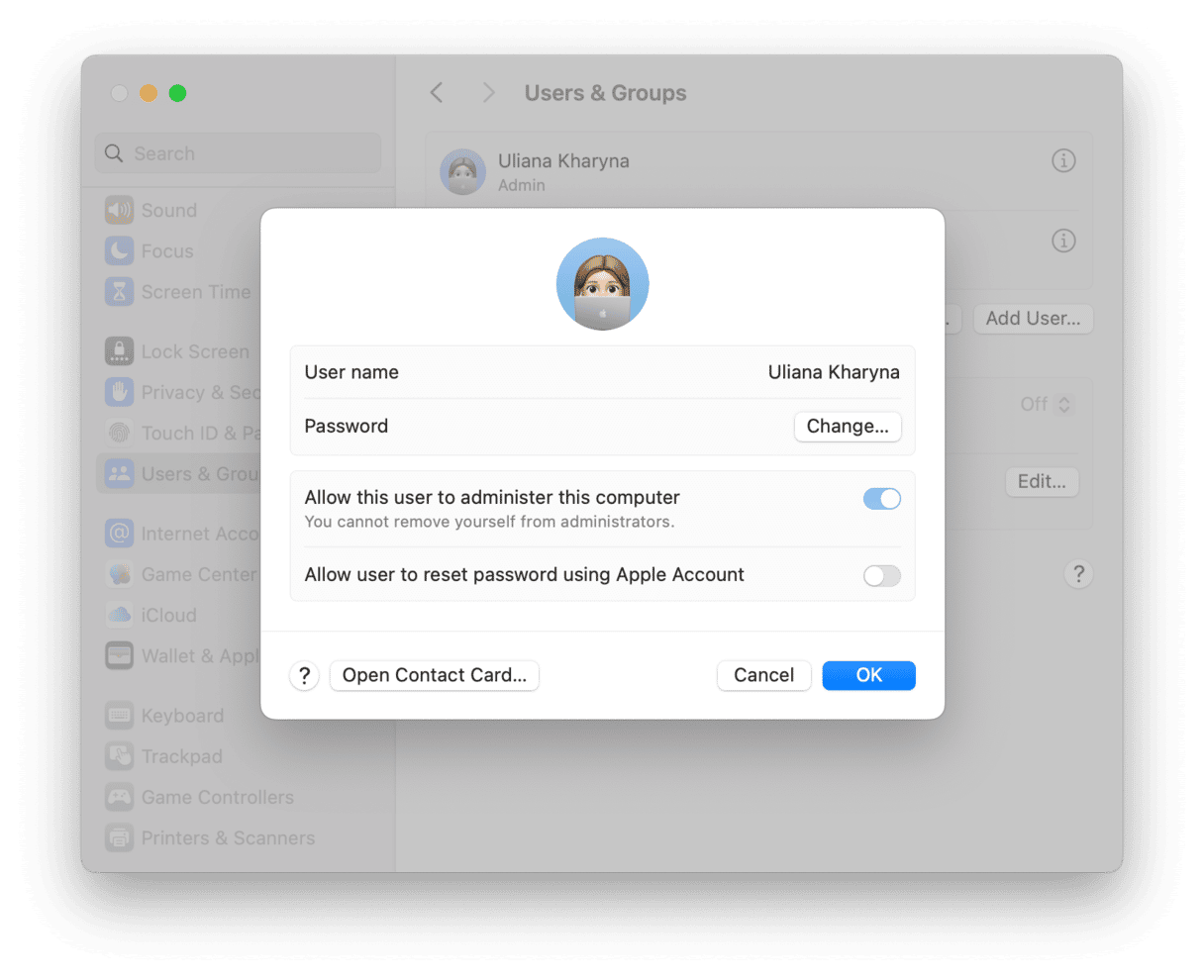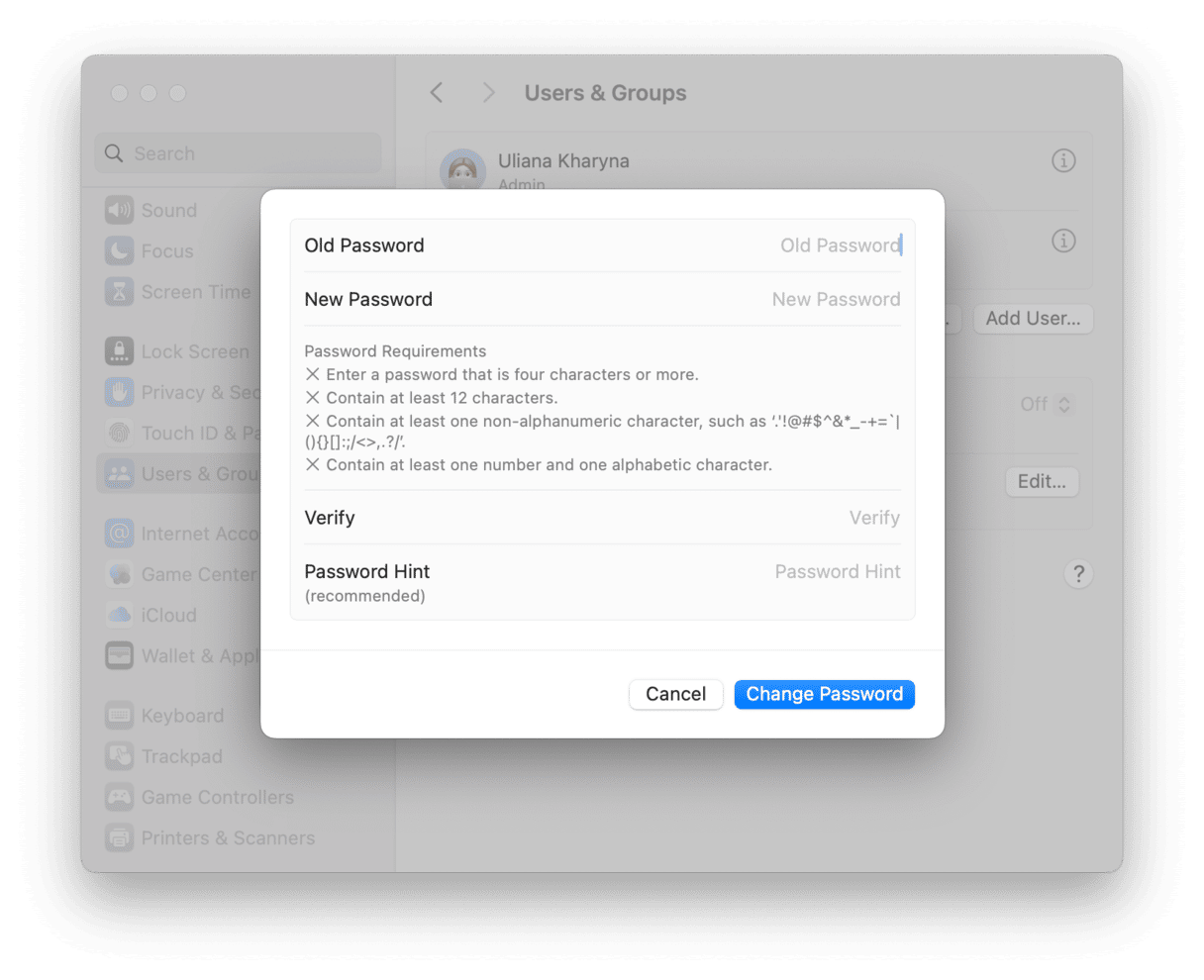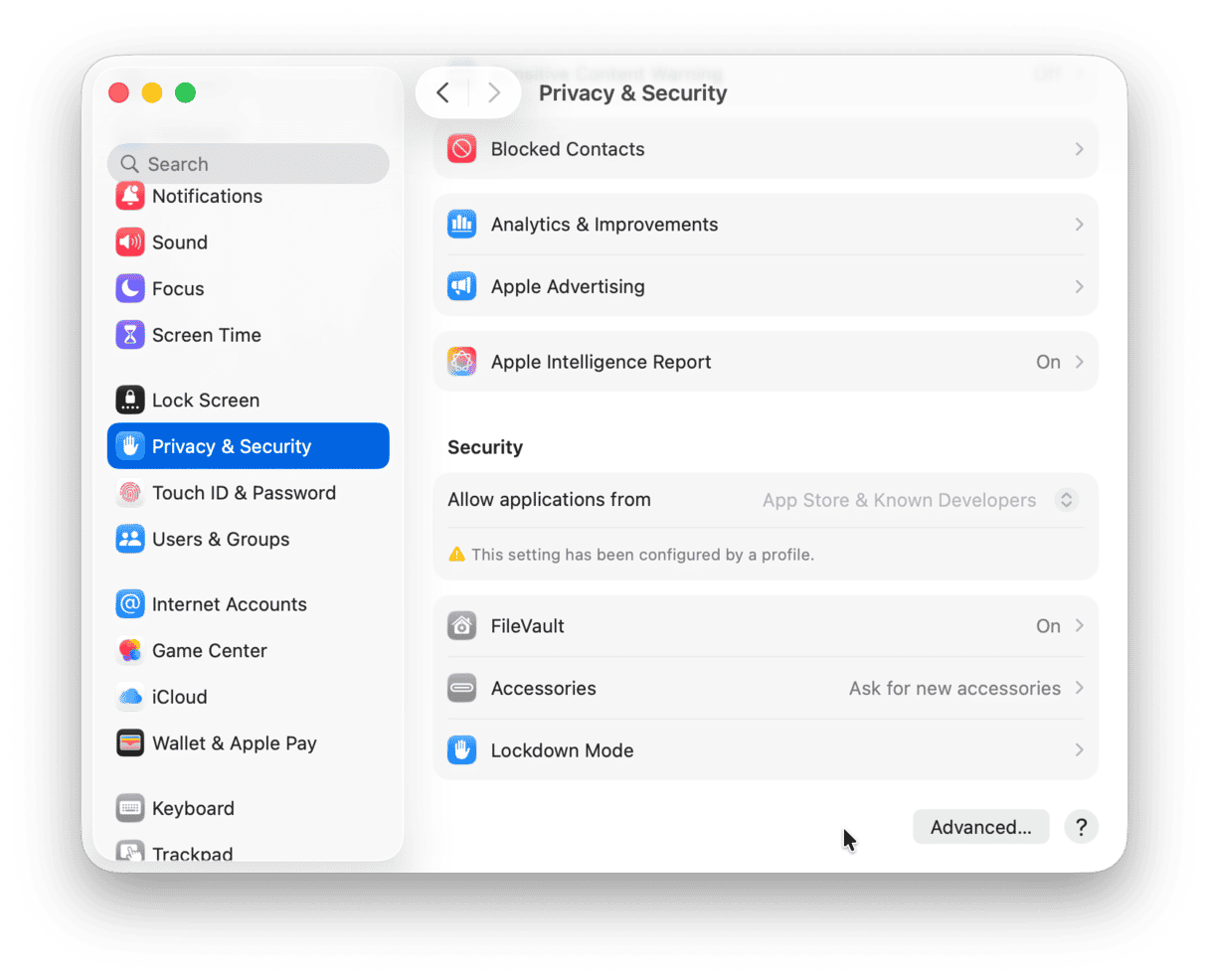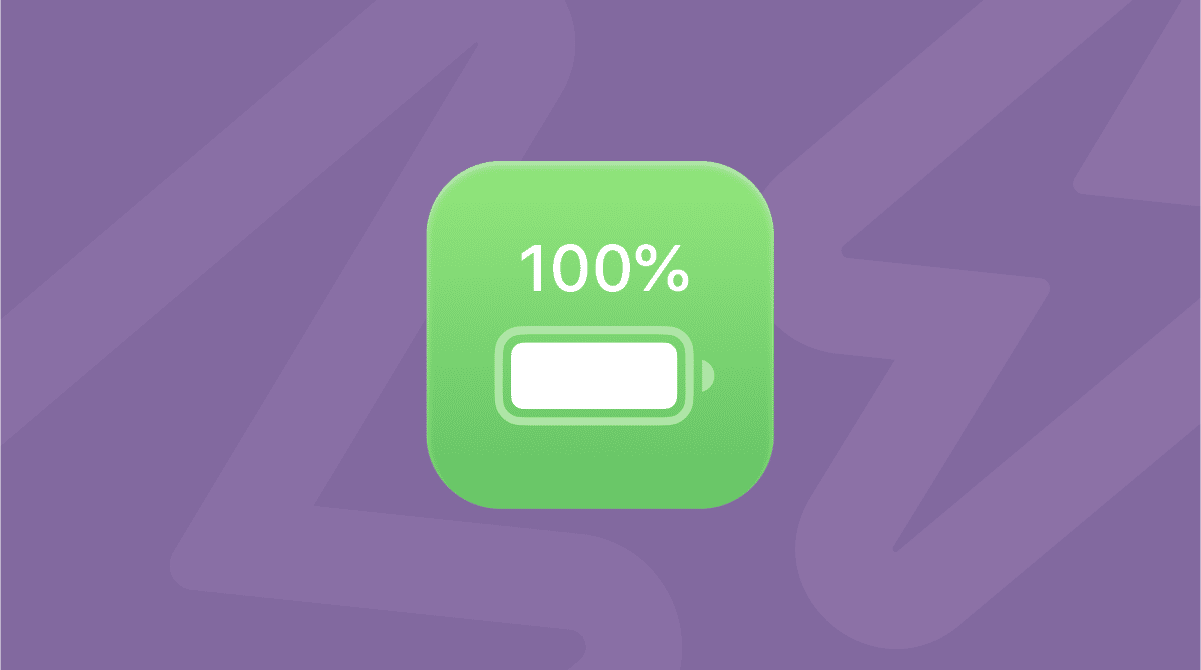Due to the robust security within Apple’s new macOS operating system, there is a high emphasis on data protection. Whether you’re simply logging in, downloading new software, or trying to delete files or apps from the hard drive, you will always need to input your Mac password. Here are a few ways you can remember or reset it and get back to using your Mac.
How to avoid forgetting passwords?
Often, when Mac users forget their passwords, it’s the consequence of having a cluttered Mac. With an overload of information to sieve through every day, people tend to forget information. So, first and foremost, you should clean up your Mac to make sure your new password is the one entering you into a tidy and organized computer.
With CleanMyMac, you can remove large and unwanted files, organize your digital folders, and clear your physical headspace. With its smart, one-click cleaning approach and powerful scanning, you can swiftly dispose of useless documents and apps that may slow down your Mac. Just run a quick Smart Care scan to remove system junk, malware, and everything else that clogs up your Mac as well as complete maintenance tasks to speed it up and install vital app updates.

Get your free CleanMyMac trial — you can test the app and all of its tools for 7 days at zero cost, so what are you waiting for?
How to reset a password
Now, let’s move to password reset. There are several different ways to do it.
Get a password hint
Before resetting your password, you should always check to see if the password hint jogs your memory. The ‘hint’ is a phrase you entered relating to the password when you first set it up and is triggered once you make 3 incorrect password attempts:
- On the login screen, click the account you’re locked out of.
- Click the password field and enter the wrong password three times.
- The password hint should appear as long as you set it up when creating your account.
The screen will shake each time you press Return, with the third shake generating the password hint, which will appear below the Password field. Hopefully, this initiates a eureka moment making you remember the login and bringing an end to the password perils.
Sometimes, though, the hint doesn’t show up. That’s because the Mac wasn’t set up to show password hints in the Login Options – only modified by logging into your Mac. Fortunately, there are an array of other solutions to finding your password.
Change password from another account
In the event that you happen to share your Mac with another person and they have their own account, you can use their Login to reset your password. Or if you have a different account on the Mac that you know the password to, you can recover your Mac admin password by following these steps:
- Go to the main Apple menu (Apple logo top left) and click Log Out.
- Select the alternative account and enter the password.
- Open System Settings > Users & Groups.
- Select the account with the missing password.
- Click the i icon > Change.

- Fill in the Old Password, New Password, Verify, and Password Hint fields.
- Click Change Password.

The password for that account has been changed, allowing you to log in using the new password. However, this doesn’t change the password for the Keychain Access (macOS’s password management system that now operates together with the Passwords app), and you’ll be asked when you log into the account to update the keychain password. This requires you to enter the old forgotten password, so you’ll have to click ‘Create New Keychain.’
This introduces a further problem because if the other user isn’t the registered Admin, they won’t be able to change the password for you. Luckily, there is an alternative solution to recovering your password.
Use recovery mode
Apple provides a tool to replace Mac’s password by bypassing all of the previous steps. This is the best option if you don’t have a password hint, can’t log in via another account, and have completely forgotten your password.
For Intel-based Mac:
- Go to Apple menu > Restart.
- Immediately press and hold Command+R.
- Don’t release the keys until you hear Mac’s startup sound or until the Apple logo appears.
For Mac with Apple silicon:
- When turning on your Mac, press and hold the Power button.
- Keep it pressed until you see startup options.
- Click the Gears icon (Options) and hit Continue.
- You may be asked to select a user and enter their administrator password. Follow the on-screen instructions and click Next after any action you take.
Now, your Mac will boot into recovery mode — when you see the load bar appear, you can let go of the keys. The next thing to do is to select ‘Disk Utility’ and click Continue. Now, follow these steps:
- Go to Utilities > Terminal.
- Type
resetpasswordand press Return. - Select the main hard drive.
- Select the User Account (the account you’d like to change).
- Enter a new password and create a password hint.
- Click Save: a warning will appear that the Keychain Password hasn’t changed. Click OK.
- Shut Down your Mac and start it up again. Now, you can log in using the new password.
Protect your data
Due to the fact recovery mode provides a nifty means to reset the Mac password, you may be wary that anyone can hack your Mac, and once someone accesses your Mac, you’ve usually lost control over it. So, there are some interventions you can make to prevent this from happening.
The best way to protect your data is to activate FileVault encryption. This means that the Password Reset option won’t become available unless you unlock it with Disk Utility. To turn it on and set it up:
- Choose Apple > System Settings > Privacy & Security.
- Locate the FileVault pane.
- Click Turn On FileVault.

Once done, you will receive a Recovery Key and a password, which you should take note of. If you lose these, your data won’t be able to be recovered and will be lost forever.
Another effective way to protect the data on your Mac is to download tried and tested app CleanMyMac. With automatic clean-ups and regular system monitors; your data is continuously observed and safeguarded from any piracy or hacking.
Use Target Disk Mode
If all else fails, Target Disk Mode can help you recover whatever you can from the lost Mac. Using another Mac, you can access the hard drive on the lost Mac and save any wanted data.
For an Intel-based Mac:
- Shut down the Mac.
- Connect to another Mac using a FireWire or Thunderbolt cable.
- Start up your Mac and hold the T key while it loads.
- This activates Target Disk Mode.
For a Mac with Apple silicon:
- Boot into recovery mode following the steps outlined above.
- Select Utilities > Share Disk.
- Choose the volume or disk you want to share > Start Sharing.
The hard drive from the lost Mac should now appear, allowing you to recover and save wanted data onto the new Mac.
Thanks for reading, and stay tuned!









